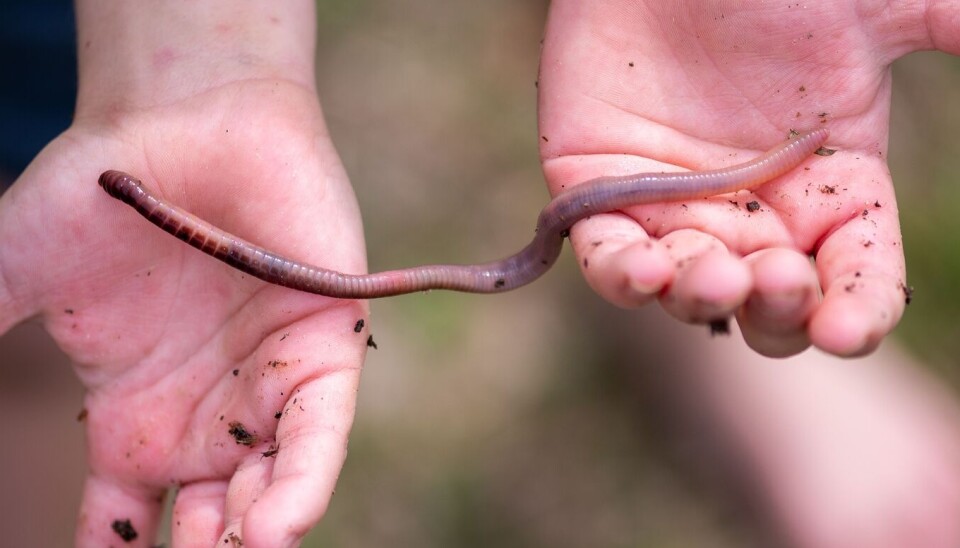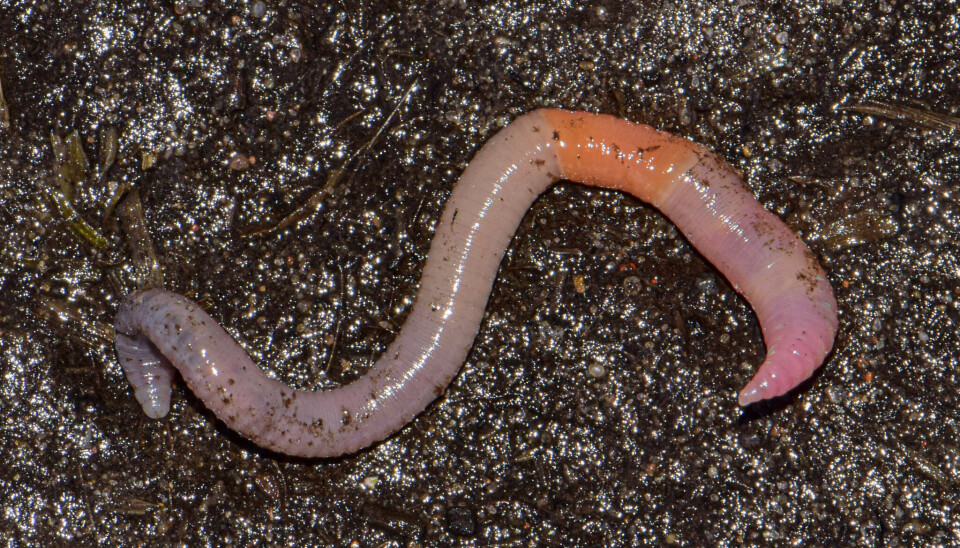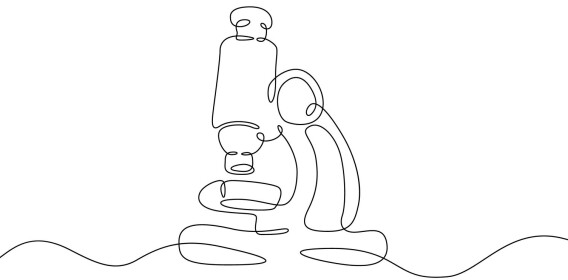How do earthworms survive the winter underground?
ASK A RESEARCHER: And is it true that they can survive if cut in two?

April (6 years old) and Henry (10 years old) were harvesting potatoes in the garden when they found earthworms.
They wonder: How do worms survive the winter underground? And do they get upset if we move them to a different garden bed?
We brought the questions to a researcher.
Reidun Pommeresche studies earthworms, and explains that worms can cope well with wet, cold soil covered by a metre of snow.

"But they don't like it when it gets too far below freezing. If that happens, most worms dig deeper into the ground and settle close to plant roots where it's less cold," she says.
Certain species of earthworms can curl up and go into a kind of hibernation through the winter.
Do earthworms get upset?
Earthworms feed on soil, plant remains, animal droppings, and compost.
"If you want to keep them happy, place them somewhere with rich soil and some food," says Pommeresche.
They don’t handle sunlight very well, so it’s best to put them in the shade of a plant. You can also tuck them slightly into the soil and give a little water.

Can earthworms survive if you cut them in two?
When digging in the garden, it's easy to accidentally injure a worm or even split it in half.
Most viewed
Surprisingly, it can sometimes survive, according to Pommeresche.
Earthworms have a sucking mouth and two stomachs for storing and grinding up food. They also have a brain, a nervous system, and five small hearts that pump blood through its body.
All of these are located in the front part of the worm.
"If the worm is cut in half but the vital organs remain intact, it can survive," says Pommeresche.
The tail part might wriggle for a while, but it will eventually die.
———
Translated by Alette Bjordal Gjellesvik
Read the Norwegian version of this article on ung.forskning.no
Related content:

Subscribe to our newsletter
The latest news from Science Norway, sent twice a week and completely free.


























































